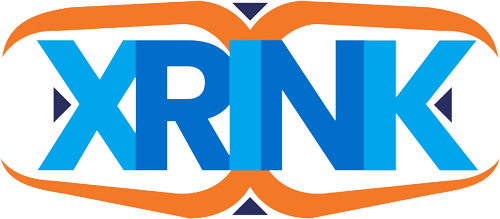The industrial sector is undergoing a significant transformation, driven by advancements in technology. Among these, Augmented Reality (AR) and Virtual Reality (VR) are at the forefront, offering unparalleled opportunities to enhance workflows and operational efficiency. This article discusses how AR/VR is revolutionizing industrial processes, focusing on training solutions and plant reviews.
AR/VR in Training Programs
Traditionally, training in the industrial sector has relied heavily on manuals and hands-on experience. However, AR/VR provides immersive training experiences that simulate real-life scenarios. This not only accelerates learning but also reduces the risk associated with training in high-stakes environments. For example:
Safety Training: Employees can experience emergency procedures in a controlled, virtual setting, improving preparedness without the danger.
Real-time Visual Aids and Remote Assistance
AR can overlay information onto a technician’s field of view in real time, providing step-by-step instructions or schematics while they work. This capability enhances productivity and reduces downtime:
Remote Support: Experts can remotely guide technicians using AR glasses, allowing for efficient troubleshooting without the need for travel.
Plant Reviews and Maintenance
AR/VR applications can streamline plant reviews by enabling virtual walk-throughs of facilities. Stakeholders can visualize layouts, equipment placements, and workflows without incurring logistical complications. This technology improves understanding and decision-making:
Maintenance Planning: VR allows for detailed inspections of equipment and infrastructure, enabling proactive maintenance planning and reducing unplanned downtime.
Case Studies of AR/VR in Industry
Prominent companies have embraced AR/VR in various capacities:
- General Electric (GE): GE uses AR for its jet engine inspections, allowing technicians to visualize detailed schematics and perform more accurate checks.
- Siemens: Siemens utilizes VR training modules for its employees, resulting in a marked improvement in training outcomes and operational efficiency.
Implementing AR/VR Solutions
While the benefits are clear, the implementation process can be complex. Companies should consider:
- Stakeholder Engagement: Involving employees in the design of AR/VR solutions ensures that tools align with their workflows.
- Integration with Existing Systems: Effective AR/VR solutions must complement and integrate with current technologies and practices.
Conclusion
AR and VR are revolutionizing industrial workflows, particularly in training and plant reviews. By providing immersive experiences and real-time data overlays, these technologies enhance safety, improve efficiency, and facilitate better decision-making. As industries continue to evolve, the adoption of custom AR/VR solutions will be critical in maintaining competitive advantages.

